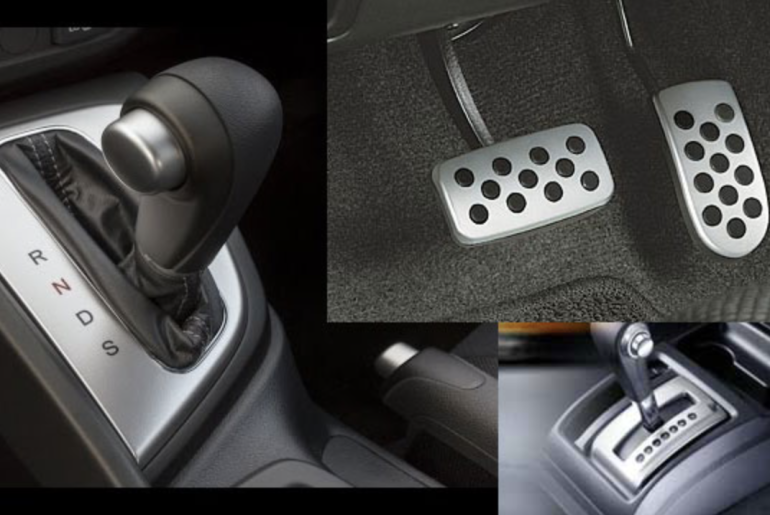Driving an automatic car is a little different to what you may be used to if you’ve learned with a manual. Fortunately, though, getting to grips with automatics shouldn’t have to be impossible – and with the right approach, you can master the skills needed to optimize your time on the road.
How to Drive an Automatic Car – The Ultimate Guide
Driving an automatic car is generally simpler than driving a manual – however, it can be a significant change if you’re used to controlling each gear yourself. To confirm if a vehicle is automatic before getting inside it, you can carry out a free HPI check, which will inform you about the car’s transmission.
Learn the Basic Controls
First, you need to learn how the basic controls for an automatic car work. The biggest differences you’ll notice are that there is no clutch, and the gearbox you’re used to is replaced with a distinct automatic gearbox. This has four options as opposed to the five or six gears your manual car may have had: P, R, N, and D. These stand for park, reverse, neutral, and drive, respectively.
Neutral’s easy enough to understand; this is the same as neutral in a manual car. Similarly, reverse also follows the same principle as the reverse gear. The two key differences are the park and drive modes. Drive is what you’ll use most of the time, and this replaces the typical 1-5 or 1-6 gears you’ll normally use in a manual car. Park is a little different, though, and this is used when you’ve parked the vehicle specifically.
Park vs Neutral
One common question people have when learning to drive an automatic car is: how do park and neutral differ? In a manual car, you’ll typically use the neutral gear whenever you’re stationary. However, with an automatic car, you should only use neutral if you still intend to move. If you have parked and need the wheels to lock in place, use the park option instead.
Starting the Engine
Starting the engine in an automatic is a little different. Once you’ve turned the car on, you will need to hold down the brake pedal firmly before the car will start. Then, when the engine has started and you’re ready to move), you then press down on the accelerator.
Learn to Look Past the Clutch
Automatic cars don’t have a clutch. While this can seem like it should be easier, this isn’t entirely true, as there’s a good chance your muscle memory could leave you trying to use the clutch with your left foot (when there isn’t one).
Now, this won’t be too much of an issue usually – but if your muscle memory kicks in when the left foot is over the brake pedal, you could invariably end up in an accident! As such, it’s usually recommended just to use your right foot, and try not to use your left foot at all.
Where’s the Bite Point?
Another clutch-related change is that you won’t have a “bite point” in an automatic car. If you need to move slowly (such as for reversing out of a parking space), slowly raising your foot from the brake pedal is the best approach, which will allow you to begin “creeping.”
How to Manually Override the Automatic Gearbox
In certain scenarios, if the automatic transmission isn’t doing the job, you can temporarily override the automatic gearbox and put the car into a lower gear by pressing firmly down on the accelerator. This will allow you to speed up more quickly, which is crucial if you need to get out of the way in an emergency.
Final Thoughts
If you’ve been having trouble with driving your automatic car, there’s a lot to keep in mind. Starting with the core basics of how automatics work can be a significant help, but from there, a lot of it simply comes down to practice. Luckily, once you get used to driving an automatic, it should become a lot easier overall.

